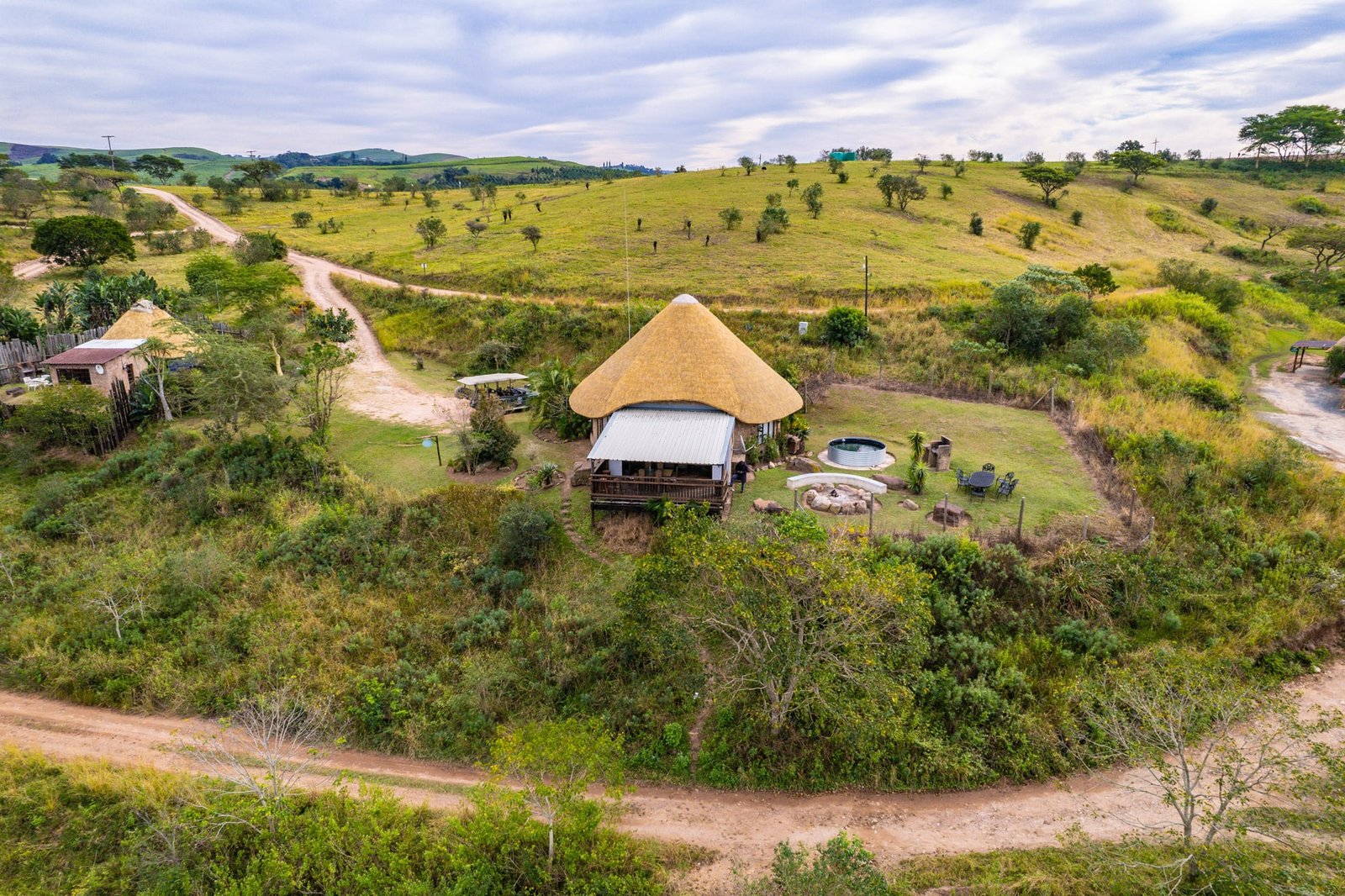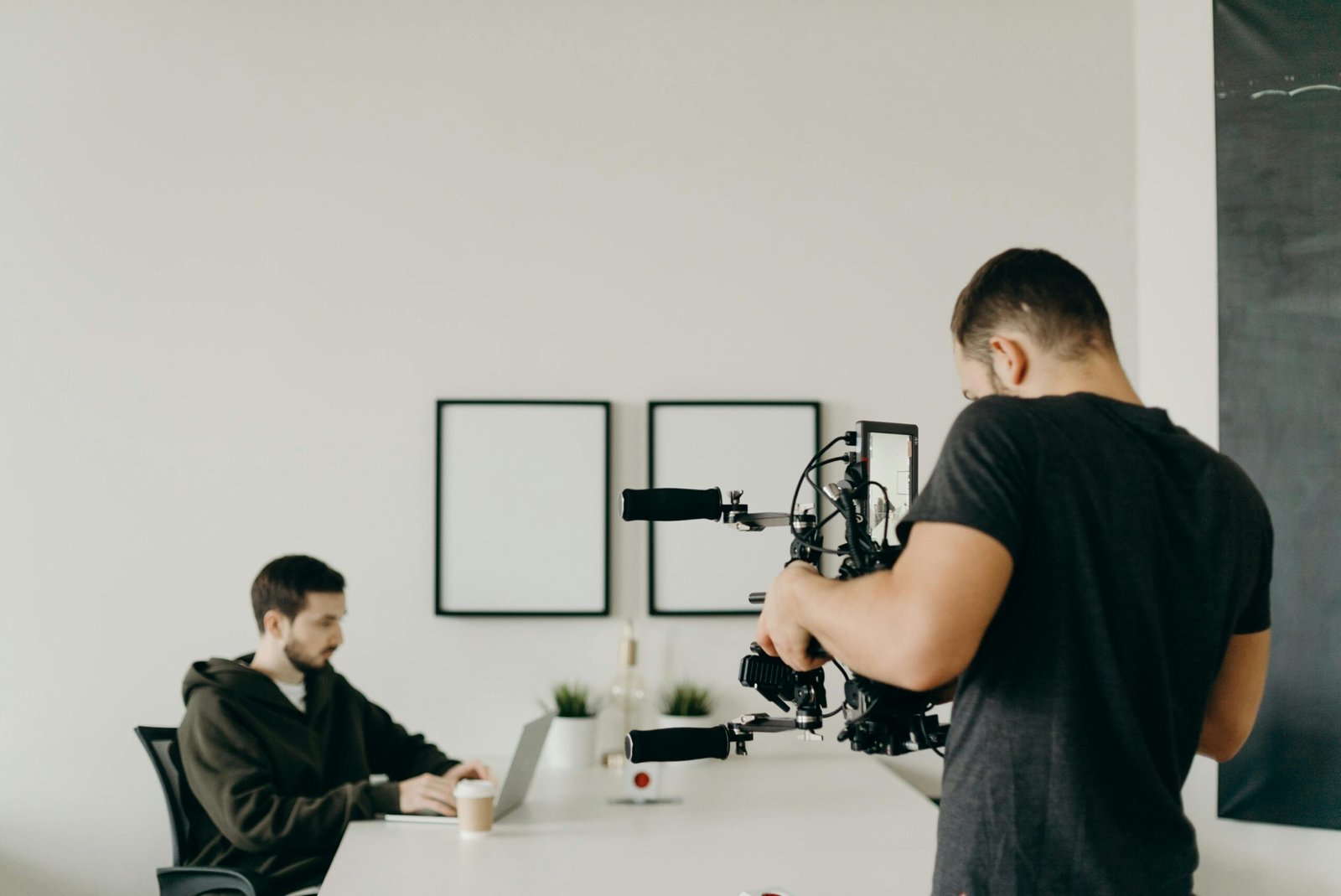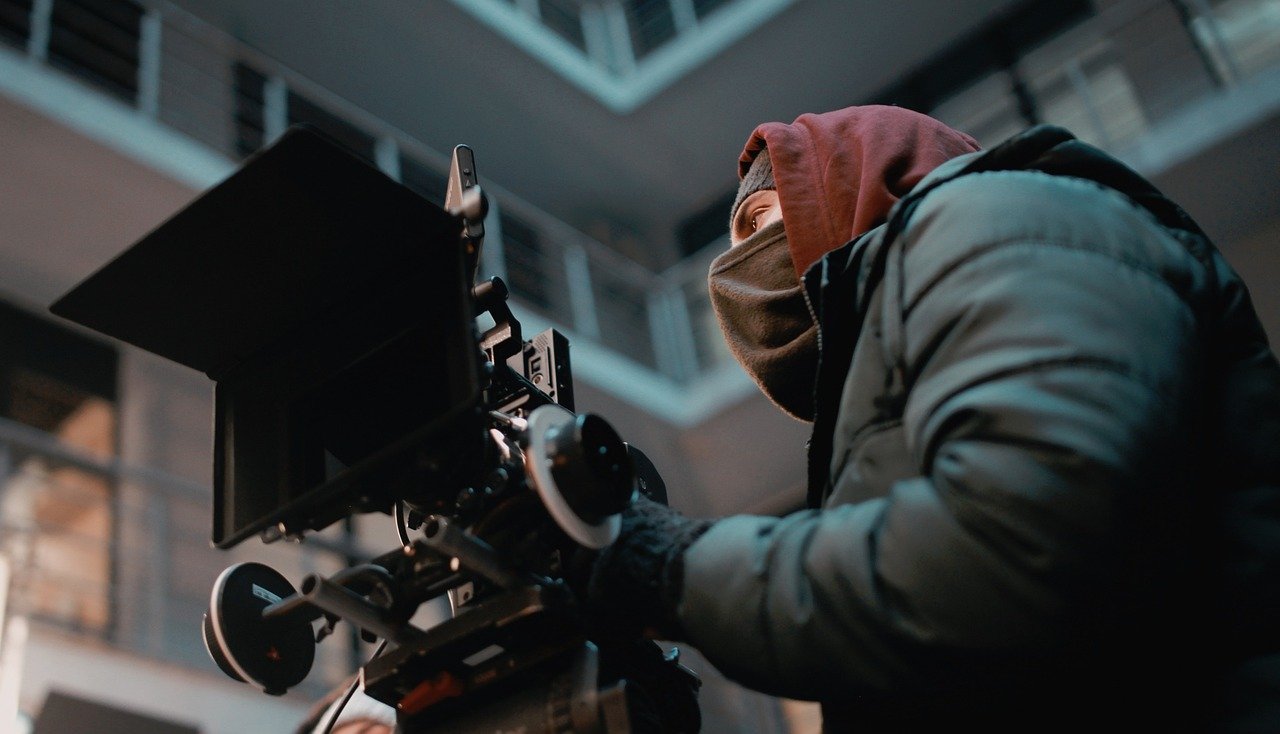Videography: An Introduction to the Art of Capturing Moving Images Videography is a captivating art…
Aerial Photography: Capturing the World from Above
Aerial photography, also known as airborne imagery, is the art of capturing photographs from an aircraft or other airborne platforms. It offers a unique perspective by providing a bird’s-eye view of landscapes, structures, and various surface objects [1].
Introduction
Aerial photography has gained tremendous popularity due to its ability to showcase stunning landscapes, architectural marvels, and other captivating subjects. Whether you’re using a drone, standing atop a skyscraper, or shooting from an airplane, aerial photography allows you to see the world from a new angle [4]. In this article, we will explore the world of aerial photography, its applications, and provide tips to help you succeed in this captivating art form.
Platforms for Aerial Photography

Aerial photography can be accomplished using various platforms, depending on the desired altitude, maneuverability, and equipment requirements. Here are some common platforms used for aerial photography:
Fixed-Wing Aircraft
Fixed-wing aircraft, such as airplanes, offer stability and the ability to cover large areas in a single flight. They are suitable for high-altitude aerial photography, aerial mapping, and surveying purposes.
Helicopters
Helicopters provide excellent maneuverability and flexibility in capturing aerial shots. They are ideal for low-altitude photography, aerial videography, and capturing dynamic subjects that require precise positioning.
Unmanned Aerial Vehicles (UAVs or “drones”)
Drones have revolutionized aerial photography, making it more accessible to enthusiasts and professionals alike. With their compact size, advanced camera systems, and ease of use, drones have opened up endless possibilities for capturing aerial imagery at different altitudes and angles.
Balloons, Blimps, and Dirigibles
Balloons, blimps, and dirigibles offer a slower and more leisurely aerial photography experience. They are often used for capturing aerial shots in a controlled environment, events, or promotional purposes.
Rockets, Pigeons, and Kites
Historically, rockets, pigeons, and kites were used to capture aerial photographs. While they may not be as common today, they hold historical significance in the development of aerial photography techniques.
Action Cameras while Skydiving
For thrill-seekers, capturing aerial photographs while skydiving has become a popular trend. With the advancements in action camera technology, you can document your freefall adventures from breathtaking perspectives.
Benefits and Applications of Aerial Photography
Aerial photography finds applications in various fields. Let’s explore some of the key benefits and applications of this captivating art form:
Landscapes and Scenic Photography

Aerial photography allows photographers to capture stunning landscapes and scenic views from above. The expansive vistas, unique patterns, and textures create visually captivating images that showcase the beauty of our natural world.
Architecture and Real Estate
In architectural photography, aerial shots provide a comprehensive view of buildings, structures, and urban landscapes. Real estate professionals utilize aerial imagery to showcase properties, highlight features, and offer potential buyers a better understanding of the property’s surroundings.
Environmental Monitoring and Research
Aerial photography plays a crucial role in environmental monitoring and research. It enables scientists and researchers to study changes in landscapes, monitor ecosystem health, track deforestation, assess wildlife populations, and identify environmental hazards.
Urban Planning and Mapping
Aerial photography contributes to urban planning and mapping by providing accurate and up-to-date aerial imagery. It helps urban planners analyze land use, assess infrastructure requirements, and make informed decisions about city development.
Agriculture and Crop Management
Aerial photography aids farmers and agricultural experts in monitoring crops, identifying potential issues such as pests, diseases, or nutrient deficiencies, and optimizing irrigation and fertilization strategies. It enables precision agriculture and enhances overall crop management practices.
Archaeology and Cultural Heritage Documentation
Archaeologists and cultural heritage experts use aerial photography to survey archaeological sites, map ancient structures, and document cultural heritage from a bird’s-eye view. It assists in understanding the layout and features of historical sites and preserving valuable artifacts.
Tips for Successful Aerial Photography
To capture stunning aerial photographs, it’s essential to consider several factors. Here are some tips to help you succeed in aerial photography:
Equipment and Gear
Invest in a reliable camera and lens combination suitable for aerial photography. Consider factors such as image stabilization, sensor size, and focal length. Additionally, use filters to control exposure and reduce glare.
Planning and Preparation
Plan your aerial photography sessions carefully. Research the location, weather conditions, and obtain necessary permissions or permits if required. Create a shot list or storyboard to guide your aerial photography session.
Weather and Lighting Conditions
Pay close attention to weather conditions, as they greatly influence the outcome of your aerial photographs. Ideal lighting conditions include soft morning or evening light, as harsh midday light can cast unflattering shadows and wash out colors.
Composition and Framing

Focus on composition techniques such as the rule of thirds, leading lines, and symmetry to create visually appealing aerial photographs. Experiment with different angles, perspectives, and framing techniques to add depth and interest to your shots.
Camera Settings and Techniques
Adjust your camera settings for aerial photography. Use a fast shutter speed to freeze motion, a narrow aperture for a larger depth of field, and set the ISO to achieve optimal exposure. Experiment with different shooting modes, such as burst mode or bracketing, to capture a range of shots.
Aerial Photography Editing and Post-Processing
Once you’ve captured your aerial photographs, post-processing can elevate the final results. Consider the following steps during editing:
Choosing the Right Software
Select a photo editing software that suits your needs. Popular options include Adobe Photoshop, Lightroom, Capture One, and various other free or paid alternatives.
Adjusting Exposure and Colors

Fine-tune exposure, contrast, and color balance to enhance the overall look of your aerial photographs. Pay attention to highlight and shadow details, and aim for a balanced and natural color palette.
Correcting Distortions and Perspective
Due to the wide-angle nature of many aerial photographs, distortion and perspective issues can arise. Utilize lens correction tools to rectify distortions and ensure straight lines appear natural.
Enhancing Details and Sharpness
Apply selective sharpening techniques to emphasize details in your aerial photographs. Use localized adjustment tools to enhance specific areas of interest.
Removing Unwanted Elements
Remove any unwanted elements or distractions from your aerial photographs using cloning or healing tools. This ensures the focus remains on the main subject and creates a clean composition.
Safety and Legal Considerations
Before engaging in aerial photography, it’s important to be aware of safety and legal considerations:
Drone Regulations and Permits
If you plan to use a drone for aerial photography, familiarize yourself with local drone regulations. Obtain any necessary permits or licenses required for drone operation in your area.
Airspace Restrictions and No-Fly Zones
Respect airspace restrictions and be aware of designated no-fly zones, such as airports, military installations, and protected areas. Always check for temporary flight restrictions or airspace advisories before flying.
Privacy and Ethical Concerns
Respect privacy rights when capturing aerial photographs. Avoid photographing private properties without consent and be mindful of people’s privacy when flying over populated areas.
Insurance and Liability
Consider obtaining appropriate insurance coverage for your aerial photography activities. Accidents can happen, and having insurance coverage protects you from potential liability.
Conclusion
Aerial photography provides a unique perspective that allows us to see the world from a different angle. It has numerous applications in fields such as landscapes, architecture, environmental monitoring, and agriculture. By following the tips mentioned in this article and adhering to safety and legal considerations, you can capture breathtaking aerial photographs that leave a lasting impression.
FAQs
- What is the difference between aerial photography and air-to-air photography?
- Aerial photography focuses on capturing landscapes and surface objects from an elevated perspective, while air-to-air photography involves photographing other aircraft in flight.
- Can I use a drone for aerial photography?
- Yes, drones have become popular tools for aerial photography due to their versatility and ease of use.
- Are there any legal restrictions on aerial photography?
- Yes, there are regulations and permits required for drone operation in many jurisdictions. Additionally, airspace restrictions and privacy laws should be respected.
- What type of camera is best for aerial photography?
- A camera with a good sensor, image stabilization, and the ability to interchange lenses is ideal for aerial photography. However, the choice depends on your specific needs and budget.
- How can I improve my aerial photography skills?
- Practice regularly, experiment with different techniques and angles, study composition principles, and learn from the work of experienced aerial photographers. Continuously strive to improve your skills and develop a unique style.




